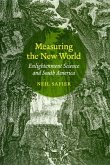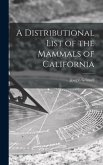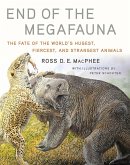"Natural history museums have always been centers for environmental education and preservation, but their history in wildlife conservation is more complicated than might be assumed. For example, from its beginning in 1893, the Field Museum of Natural History made zoology a high priority, hiring Daniel Giraud Elliot to develop a world class collection of animal specimens that would help the new Chicago museum become an influential player on the world scene. After the extinction of the dodo and Carolina parakeet, and with the American bison population then in sudden and steep decline, nineteenth-century naturalists like Elliot feared many more vulnerable species would soon die out with the continuing spread of Western civilization. Believing extinction inevitable, many naturalists reacted not by trying to save species, but by salvaging rare specimens for science. With the ambition of making the Field Museum the premiere site for the study of soon-to-be extinct animals, Elliot persuaded museum patrons to fund an urgent collecting expedition to British Somaliland. There, he led a team to hunt and kill hundreds of animal specimens with the indispensable assistance of innovative taxonomist Carl Akeley, whose breathtakingly life-like dioramas of rare animal groups helped solidify the museum's reputation and remain popular to this day. Based on Elliot's recently re-discovered journal and other archival materials, "Now Is the Time to Collect" is a riveting narrative history of the 1896 expedition, the first of its kind by an American museum and a case study in what author Paul D. Brinkman calls "salvage zoology"-the practice of aggressively collecting rare animal specimens for museum preservation. In reconstructing Elliot's expedition and the institutional history behind it, Brinkman provides a detailed portrait of late nineteenth-century zoological practice prior to the emergence of the conservation movement in which Akeley later became an influential leader. Unfolding largely against the backdrop of East Africa and its peoples, and richly illustrated with historical photographs of the expedition, this book also provides intriguing views of Somalia during the colonial era"--
Hinweis: Dieser Artikel kann nur an eine deutsche Lieferadresse ausgeliefert werden.
Hinweis: Dieser Artikel kann nur an eine deutsche Lieferadresse ausgeliefert werden.








